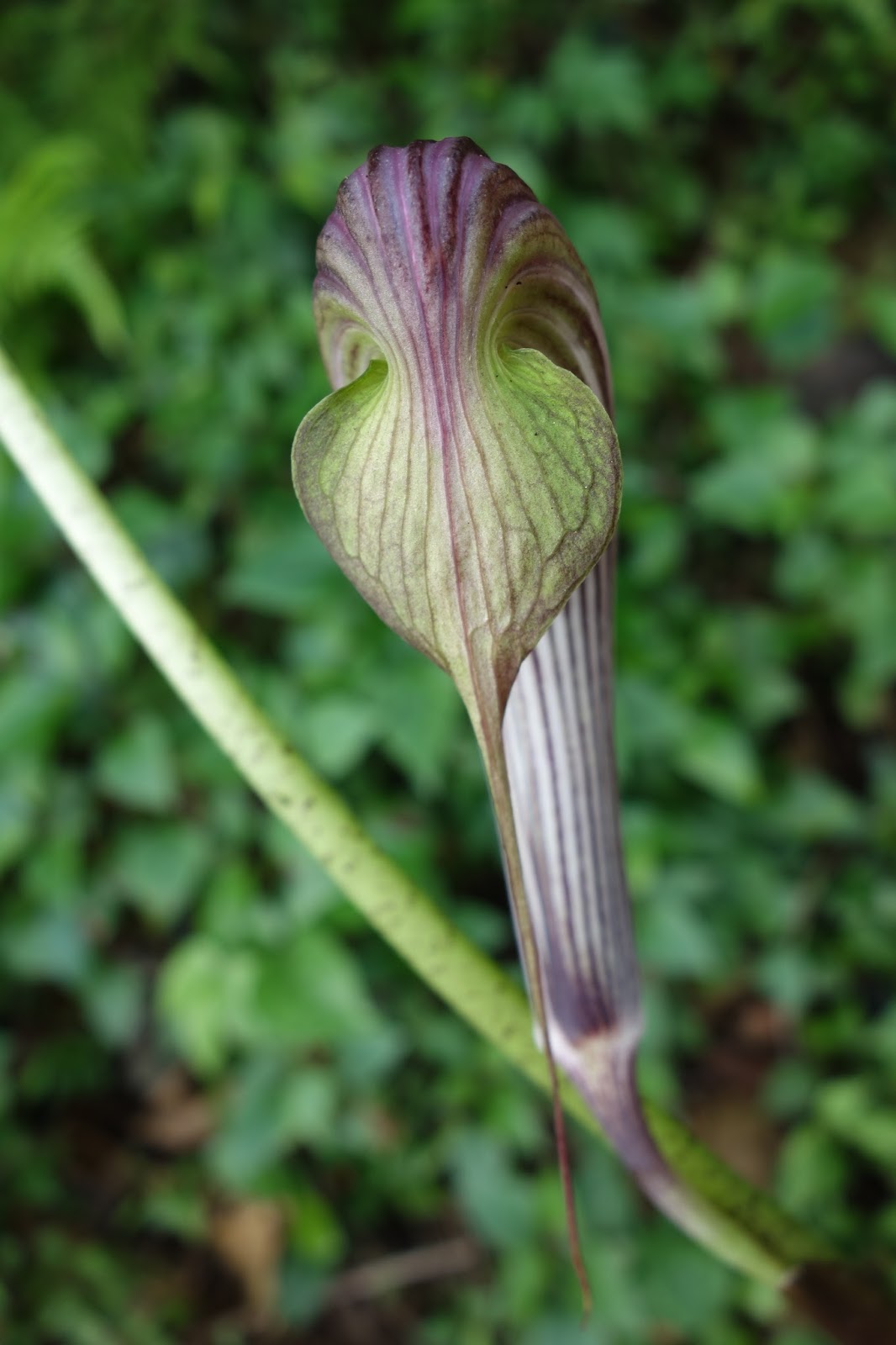Spiranthes sinensis (Persoon) Ames.
Syn.nm: Neottia sinensis Persoon, Syn. Pl. 2: 511. 1807; Gyrostachys australis (R. Brown) Blume; G. stylites (Lindley) Kuntze; Monustes australis (R. Brown) Rafinesque; N. amoena M. Bieberstein; N. australis R. Brown; N. australis var. chinensis Ker Gawler; Spiranthes amoena (M. Bieberstein) Sprengel; S. australis (R. Brown) Lindley; S. australis var. suishaensis Hayata; S. sinensis var.amoena (M. Bieberstein) H. Hara; S. sinensis var. australis (R. Brown) H. Hara & S. Kitamura; S. stylites Lindley; S. suishaensis (Hayata) Schlechter.
Description: Plants 13-30 cm tall. Roots 2-3 mm in diam. Leaves 2-5, erect and spreading, broadly linear to broadly linear-lanceolate, rarely narrowly oblong, 3-10 × 0.5-1 cm, apex acute or acuminate, with an indistinct petiole-like base. Inflorescence erect, 10-25 cm, glabrous; rachis 4-10 cm, with many spirally arranged flowers; floral bracts ovate-lanceolate, glabrous, apex long acuminate. Flowers purplish red or pink; ovary pale green, 4-5 mm including pedicel, glabrous. Dorsal sepal forming a hood with petals, narrowly oblong, cymbiform, ca. 4 × 1.5 mm, glabrous, apex subacute; lateral sepals lanceolate, slightly oblique, ca. 5 × 2 mm, glabrous, base slightly gibbous, apex subacute. Petals rhombic-oblong, oblique, ca. as long as dorsal sepal, thinly textured, apex obtuse; lip broadly oblong, 4-5.5 × ca. 2.5 mm, shortly clawed, concave base containing 2 clavate glands, lateral margins erect, apical margin with strongly wrinkled teeth, apex obtuse and recurved; disk papillate. Column erect, ca. 2 mm; anther ovoid; pollinia ca. 1 mm; rostellum narrowly triangular-lanceolate; stigma discoid, weakly 3-lobed, slightly raised.
Distribution: Open and moist areas in forests, thickets, wet grasslands, meadows, marshes; 200-3400 m. Almost throughout China [Afghanistan, Bhutan, India, Japan, Kashmir, Korea, Malaysia, Mongolia, Myanmar, Nepal, Philippines, Russia (Siberia), Thailand, Vietnam; Australia].















